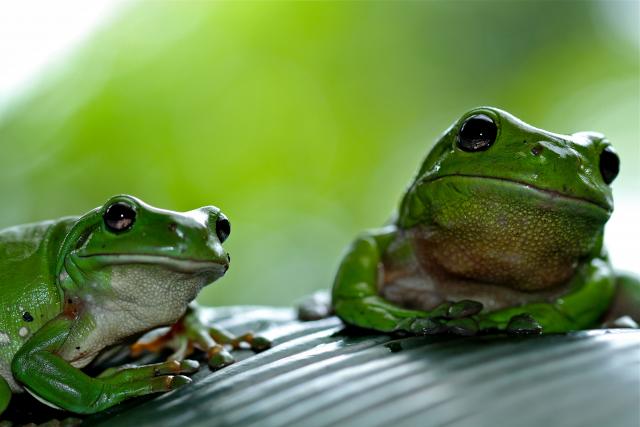By Tanya Steele
Residents across the Yarra Ranges got the chance to learn about all things amphibian for their gardens in Lilydale on Thursday 14 September.
David De Angelis is an environmental consultant who works in the frog and reptile space and he is an environmental educator, who consults in ecology and frog conservation.
Mr De Angelis took the audience through frog-friendly gardening tips and tricks to encourage native Victorian amphibians into people’s backyard spaces.
“It’s about creating new habitats on your property and then also improving conditions for frogs in the garden,’ he said.
“A lot of the talk was fairly broad to cover the variety of garden spaces people have.”
Frogs are particular about the structure of their habitat and Mr De Angelis said the focus of the talk was on promoting local plant species that frogs would be attracted to.
Frogs, despite the need for ponds for breeding, also spend some time in their adult lives away from water on the land.
Different fog species prefer different habitats in and around the pond environment and the layers of the environment surroundings are also very important.
“The structure within the garden is important, as is providing things like logs and leaf litter,” he said.
Brown tree frogs are one of the more common local frogs in the Yarra Ranges and Mr De Angelis said they prefer clumping rushes.
“Things with strappy or long broad leaves – they love to hide in those big dense clumping plants,” he said.
“They also have the ability to climb up into them.”
Frogs such as the common froglet or the pobblebonk “bango” frogs don’t have pads on their toes and prefer a different habitat set-up.
“The structure that is important for them is things that lie low on the ground, ground cover plants and low growing plants, also rocks and logs for them to sit on and hide under,” Mr De Angelis said.
Aquatic plants are also very important for developing tadpoles and Mr De Angelis said that the submerged plants give both food and hiding places for the young frogs.
“The submerged plants help oxygenate the water and tadpoles love to eat the decomposing vegetation and algae,” he said.
The event was hosted by Yarra Ranges Gardens for Wildlife, which is an ongoing program which allows residents to get assistance to adapt their home gardens in small but key ways to encourage more local critters into people’s backyards.







